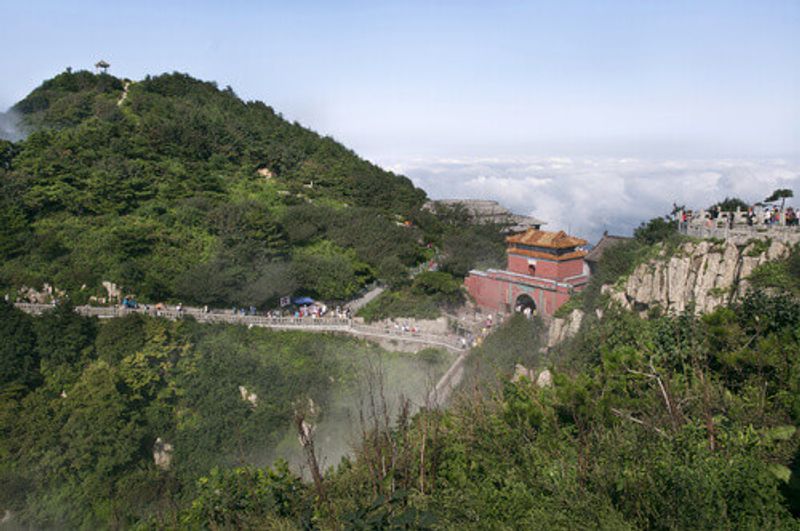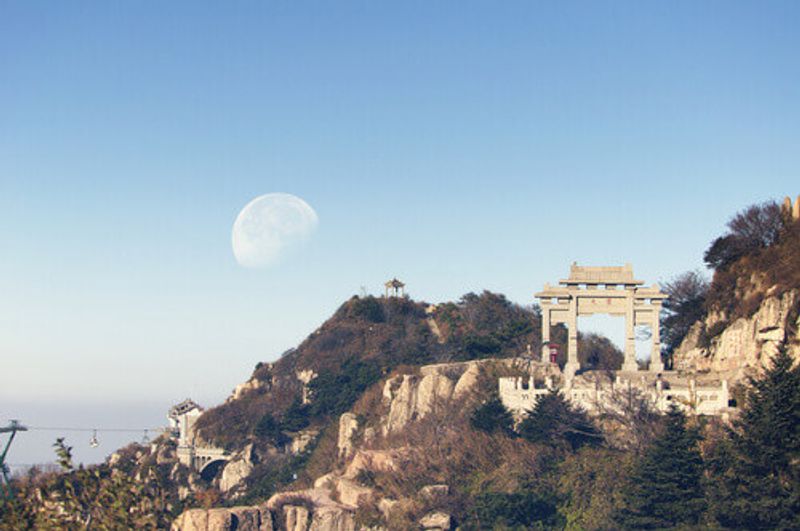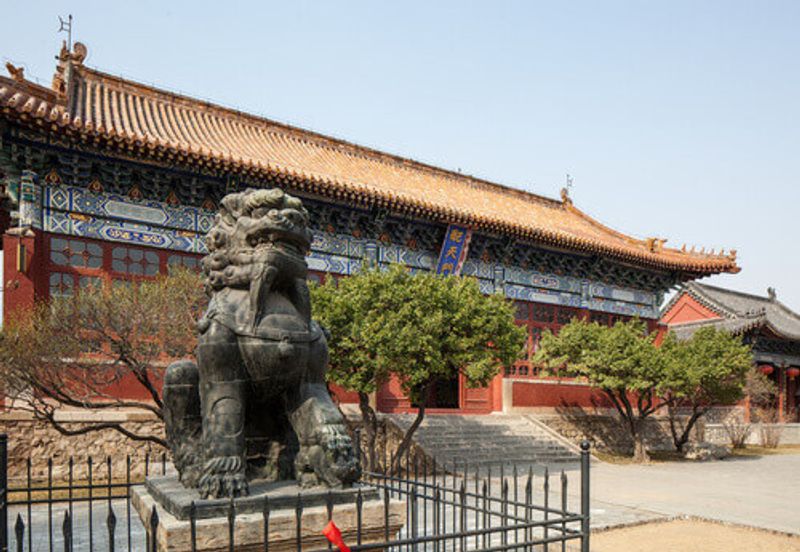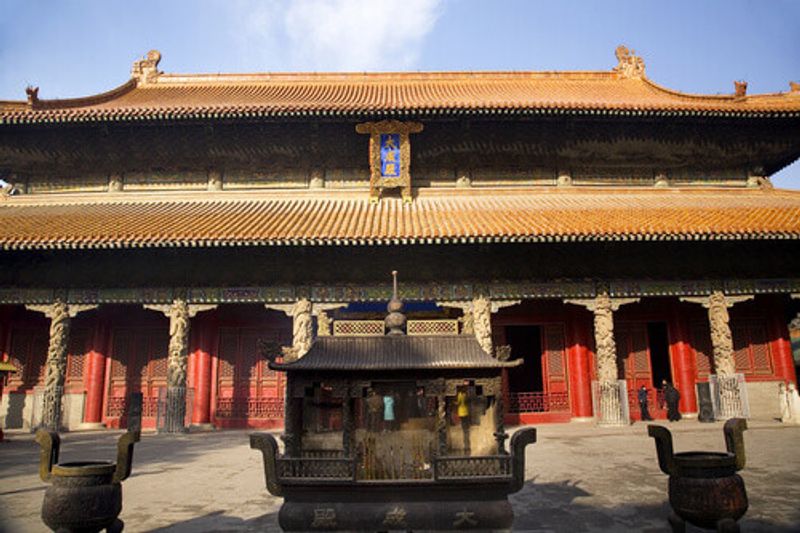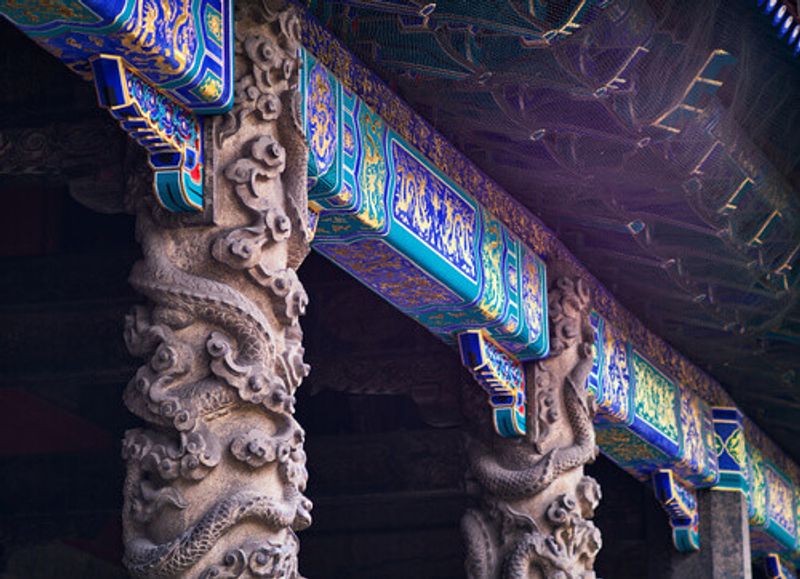Don’t go thinking Tai’an is a provincial backwater, this region can lay claim to being the birthplace of both Imperial China and the philosophical DNA which dictates the way this nation thinks today
Just to the north of the city of Tai’an sits Mount Tai (Taishan or Tranquil Mountain), a site of pilgrimage, ritual and sacrifice since the Stone Age. After defeating the last of his rivals on the bloody battlefields of the Warring States Period, Emperor Qin Shi Huang climbed to the mountain’s summit to proclaim to the heavens that he had unified China, beginning both the Qin Dynasty and China’s imperial era.
Of all the peaks in this mountainous country, it is no accident that the new emperor chose Mount Tai to make his big announcement. It is the holiest of the Five Great Mountains revered in Chinese religion - each of which sits at a point on the compass, with one in the centre - as it sits in the east, where the sun and moon rise.
Qin turned the traditional sacrifices performed by local people into a key Confucian ritual of state and every subsequent emperor has rushed around the five peaks in order to cement their claim to the throne; this tradition ended with the Qing Dynasty in the early 20th century. Mao Zedong’s Cultural Revolution sought to stamp out the Four Olds - old customs, culture, habits, and ideas - leading to the disappearance of many traditional religious practices. Now, many Chinese people are rediscovering their roots and these sites have again become popular with pilgrims as well as a top draw with tourists.
At the foot of the mountain sits the Dai Temple which is architecturally similar in style to Beijing's Forbidden City, the Confucius temple complex in Qufu and the Ming Tombs. Emperors would combine a hunting trip with a visit to Taishan, making sacrifices here and at the top of the mountain. If spending the day clambering up the 7,200 granite steps to the summit of Jade Emperor Peak is not for you, hop on the bus and cable car. As well as mountain-top temples to the eastern of the Five Gods and the Goddess of the Blue Dawn - both of which are said to call this peak home - there are lookouts specifically to watch the sun and moon rise, as well as another where Confucius is said to have stood and proclaimed that “from the top of Mount Tai, the world looks small,” which probably sounded a lot more profound when he said it.
China’s most famous philosopher, Confucius, was born in 551 BC in Qufu, a small town just to the south of Tai’an. Confucius was a middle-class bookkeeper, turned powerful politician, then author and educator. Although touching on gods and heaven, Confucianism is more of a philosophy than a religion and its principles focus on personal and governmental morality, emphasizing followers need to respect their elders, family and social order. These principles were a distillation of Chinese beliefs and traditions and have been taught ever since; meaning that Confucianism is the ethical framework on which China is built. He also came up with the “treat others as you want to be treated” ‘Golden Rule’ ethic of reciprocity a few centuries before Jesus’ Sermon on the Mount.
Two years after Confucius died, his former home was turned into a temple; the three-room house was later demolished and work started on what is now a splendid nine-courtyard temple complex, one of the largest in China. The temple was destroyed by fire and then rebuilt bigger and better; it has also been ransacked a couple of times, most recently during the Cultural Revolution. So fine are some of its architectural stylings that they had to be shrouded in silk for imperial visits, lest the monarch notice that they were better than those he had back home and he have them carted back up north to the Forbidden City.
